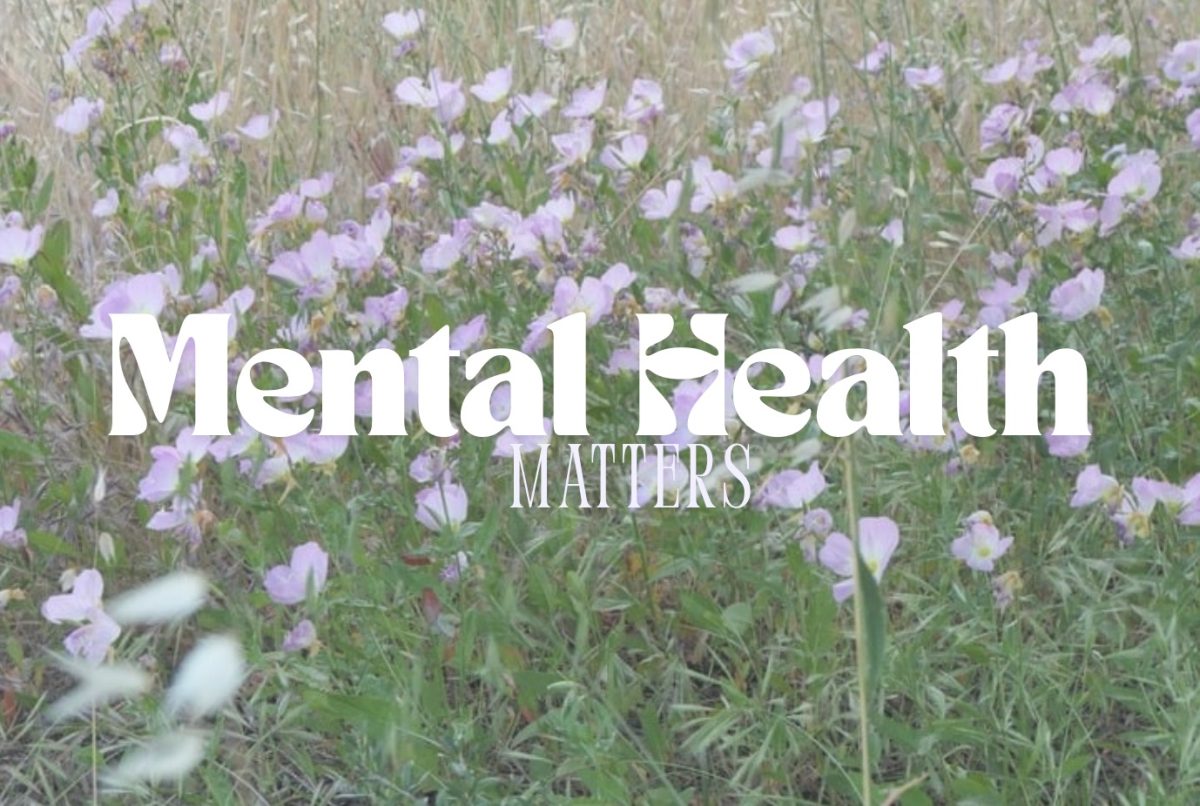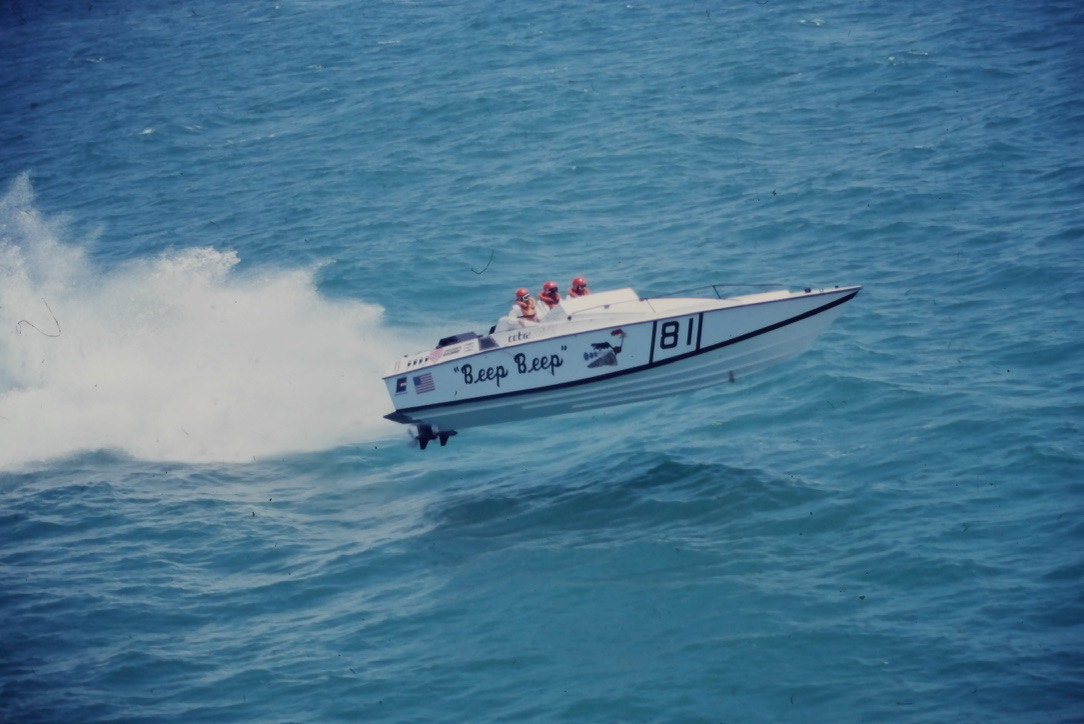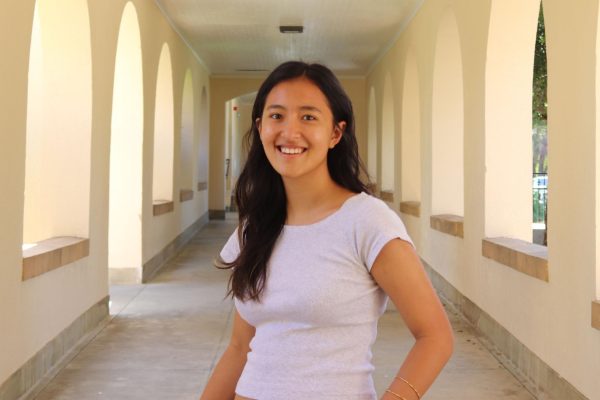The land stretched out around me—a stark, blinding, seemingly endless sea of white. 4° south of the Article Circle, the town of Yellowknife is nestled on the edge of the Great Slave Lake. In the Winter, the lake is coated in a thick layer of ice and converted into a road. We rumbled along this road, catching glimpses of the Aurora Borealis.
Though the landscape seems inhospitable, it is home to tens of thousands of people, who have found ways to adapt and thrive in these temperatures. Notably, Yellowknife and the surrounding areas are home to the Dene First Nation.
In April of this year, I boarded a plane to Yellowknife to spend a week with my aunt and her research partner. While they worked during the day, I spoke with a number of Dene teenagers about their art, their land and their life. Some of my interviewees requested that I share their words in my magazine. However, due to their age and safety concerns, they will be quoted anonymously.
A 16-year-old who grew up in Yellowknife explained that the landscape has drastically changed throughout his life.
“Different mining companies came through here and they took the money away and then just left a mess.”
“My grandmother [and I] used to go there for berry picking, we would get wild strawberries there.”
“In the summertime, if you come out this way in the Ingram trail, going up, you can see on the right side of the hail, it’s all pink.”
At a craft fair, I sat down with two Dene Yellowknifers (19 and 20) who were selling their bracelets and beadwork earrings to earn extra money. They also spoke to how Yellowknife was changing, and their experiences going to the South for college.
“When we were kids, there used to be more people walking, that was so peaceful. Nobody had vehicles. Now, everyone has got two, three vehicles.”
“I recently moved back here. I love that there is still culture, still people running around.”
“It’s really hard to find a home here in Yellowknife or good friends, especially for youth who are just graduating and still trying to get up there. There just aren’t many opportunities here.”
“The food we eat here, you can’t get anywhere else. You leave this town, but then you miss it.”
“I feel that we know how to heal and take care of our [families]. Since getting back here, I have felt more connected to my Dene culture. Down South, there’s not a whole lot of that.”
“There’s land after land that’s owned by people, you can’t walk on that land. Coming up here, I am allowed to walk on my land.”
In my conversation with a 14-year-old Yellowknifer, he mentioned another concern he had about the future of his hometown.
“It [Yellowknife] has changed. It’s not the same. All the drugs and alcohol. All the crack and stuff is everywhere. What I think is going on is all the mental illness.”
“Everyday, I mostly see tourists and a lot of the energy is gone from the [Native] people.”
“I wish I could live somewhere warmer, or anywhere. I wish it was different here, I wish there were less cars and less drugs.”
The charm of Yellowknife is magnetic. If you visit, you can find it in the rhythm of the town, the breadth of the nature, the kindness of the people.


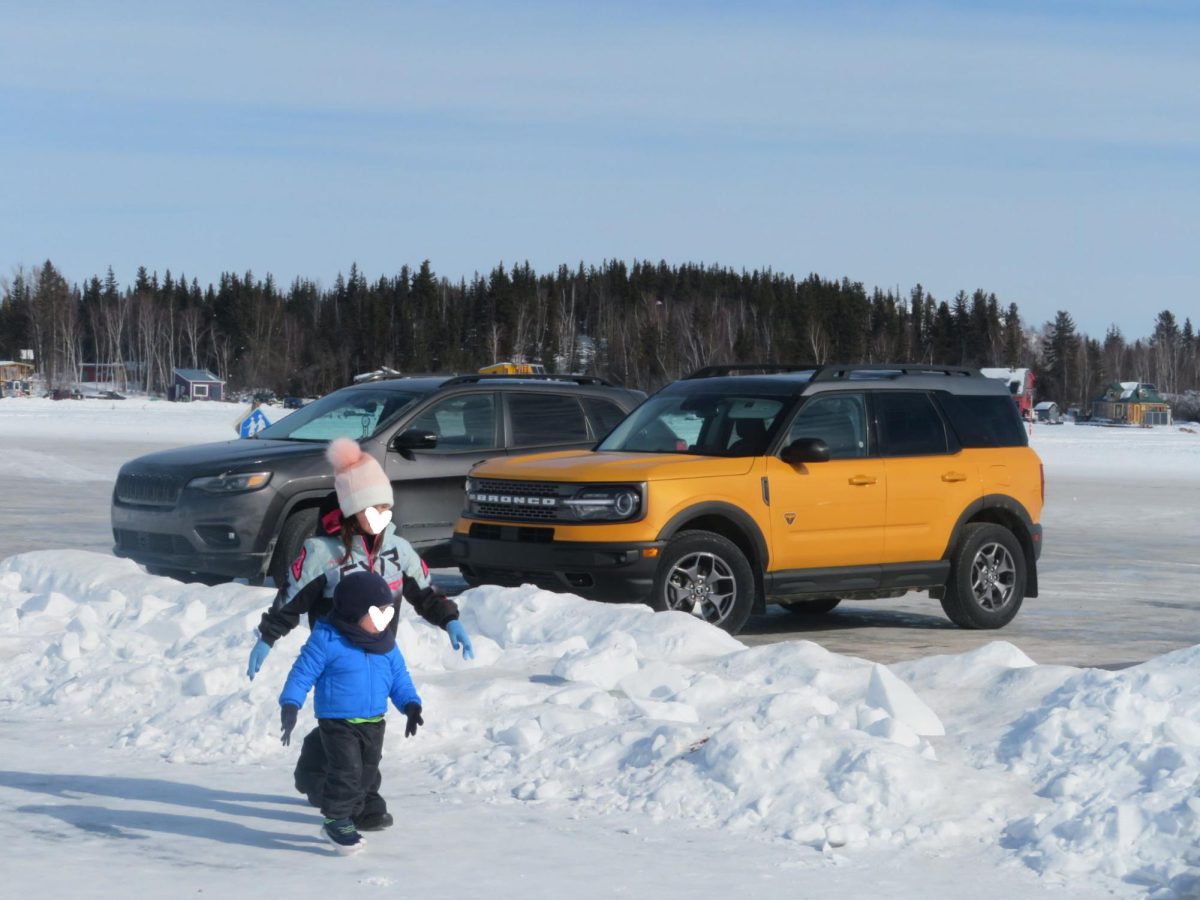
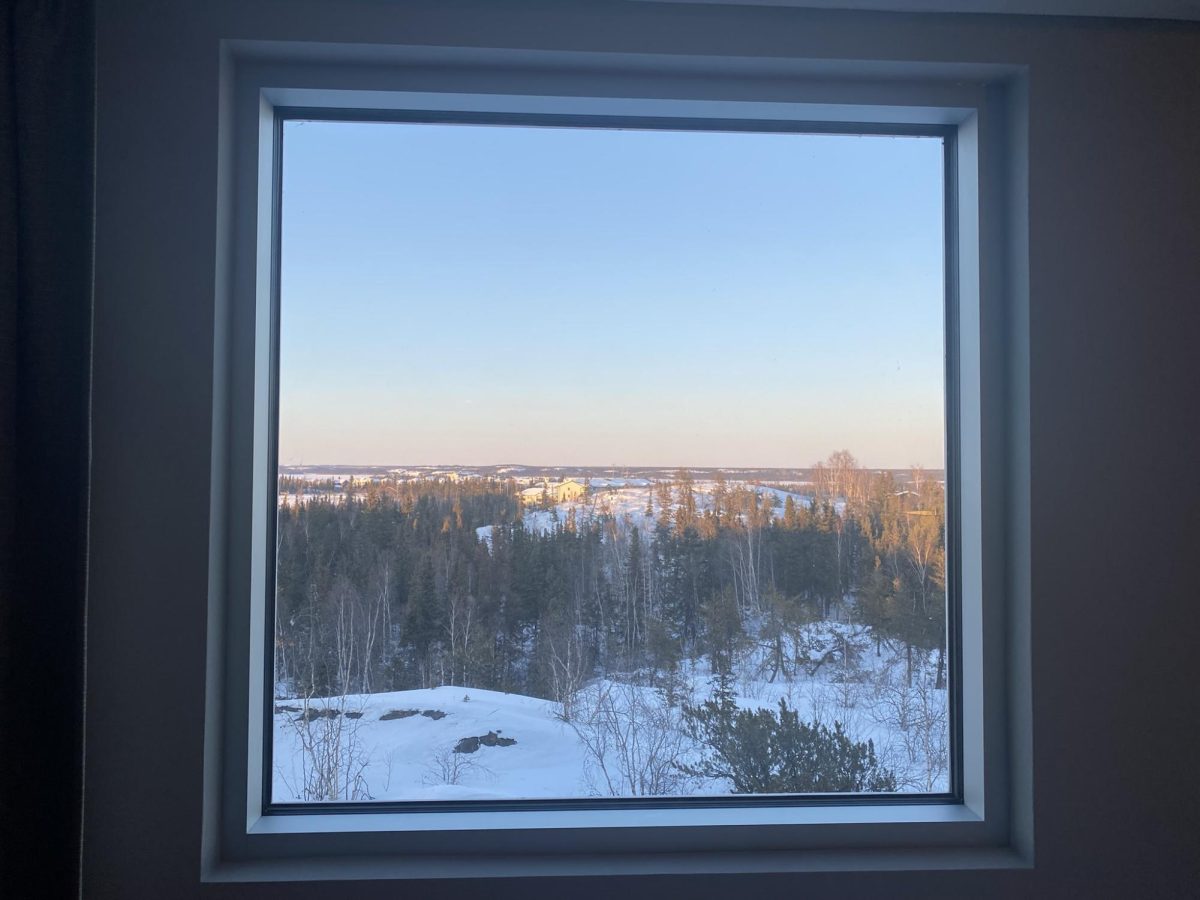
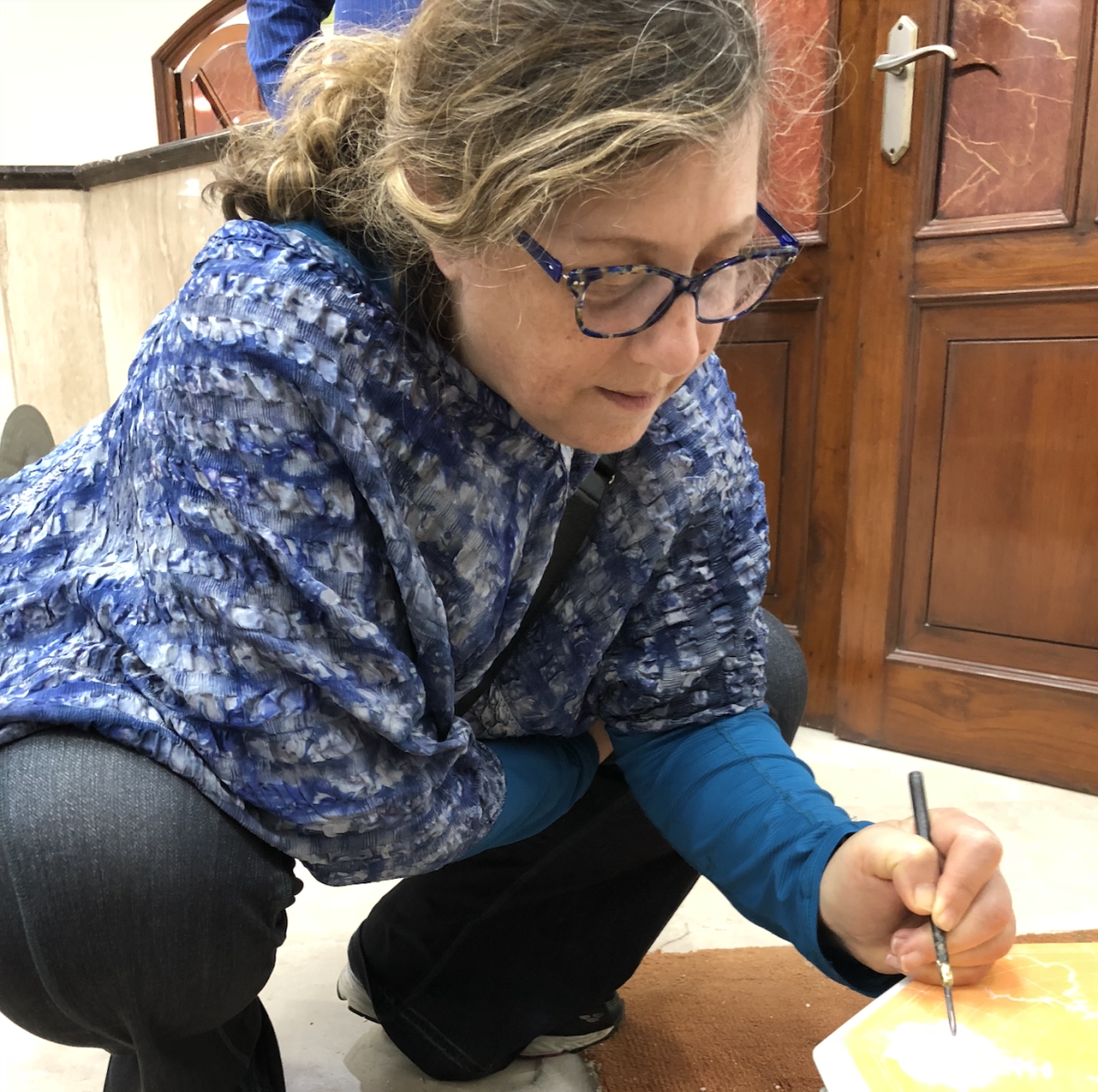
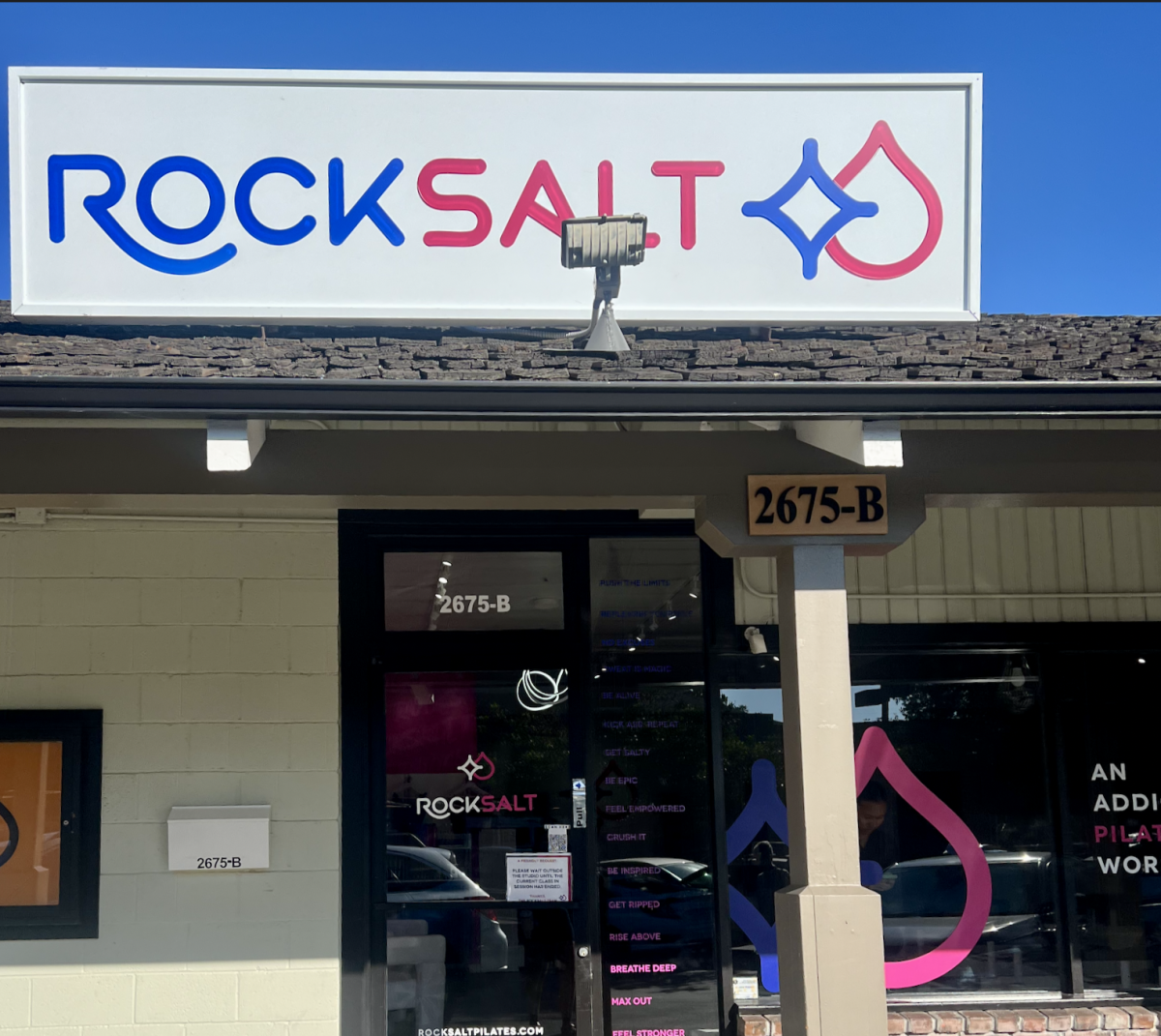
![UNSUNG HEROES — Fred Korematsu, Karen Korematsu and Aiko Herzig-Yoshinaga are awarded the Asian American Justice Medal to recognize their fight for justice following the incarceration of Japanese Americans during World War II. In addition, scientists Shuji Nakamura, David Ho, Tsoo Wang, Mani Menon and Chih-Tang “Tom” Sah receive the Asian American Pioneer Award. "[As a scientist,] it is crucially important to be able to communicate your work and your discoveries to [not only] other scientists, but also to the general public," Ho said. Photo by Talia Boneh](https://cmagazine.org/wp-content/uploads/2025/07/useee-1200x800.jpg)
